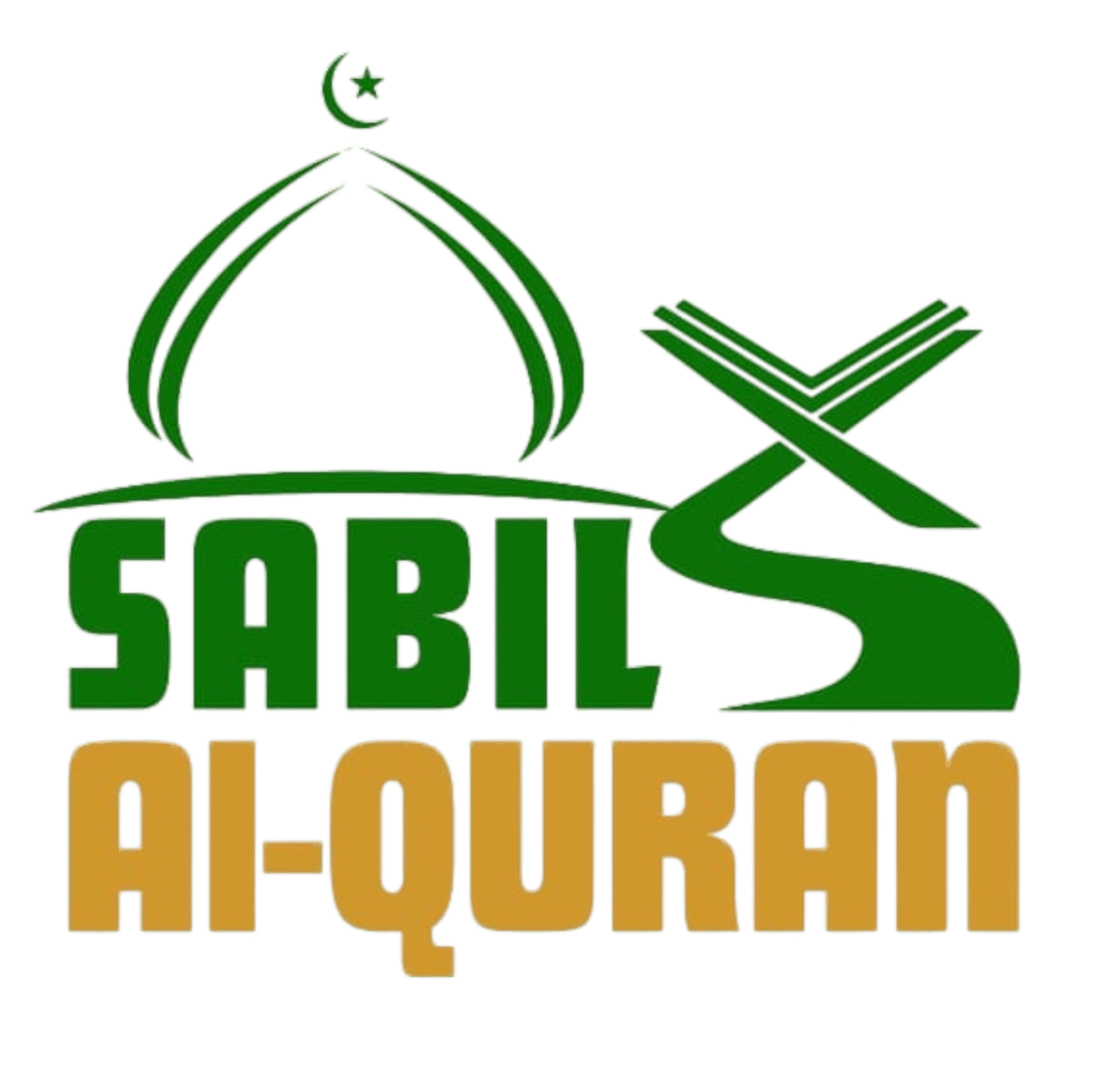Sabil Al-Quran
Difference Between Hafs and Warsh Recitation – A Comprehensive Guide
The Quran, preserved by Allah across generations, has reached us through multiple authentic methods of recitation known as qira’at. These recitations were passed down by trustworthy transmitters from the Prophet Muhammad ﷺ. Among the most well-known are Hafs ‘an ‘Asim and Warsh ‘an Nafi1‘, which are widely practiced today.
Though both stem from the same divine source, they differ slightly in pronunciation, orthography, and some linguistic details. These differences are not contradictions but rather reflections of the rich oral heritage of the Quran.
In this article, we explore the difference between Hafs and Warsh recitation, provide examples from the Quran in both Arabic and English, and recommend Sabil Al-Quran as a reliable platform to learn and master both recitations.
What Are Hafs and Warsh Recitations?
The recitation of Hafs is the most widespread globally. It was transmitted by Hafs ibn Sulayman from his teacher ‘Asim ibn Abi al-Najud. This recitation is used in most parts of the Muslim world, especially in the Middle East, Asia, and non-Arab Muslim communities.
Warsh, on the other hand, was narrated by Warsh from his teacher Nafi‘ al-Madani. It is predominantly used in North and West Africa, including countries like Morocco, Algeria, Tunisia, and parts of Sudan.
Both Hafs and Warsh are among the ten mutawatir recitations of the Quran, meaning they were transmitted through numerous chains of narration and accepted by scholars as authentic.
Key Differences Between Hafs and Warsh
Here are some of the notable differences:
1. Pronunciation
Warsh recitation often has elongated vowel sounds and different pronunciation in certain words. For example, the word مالك يوم الدين (Master of the Day of Judgment) in Surah Al-Fatiha is read as:
In Hafs: Māliki yawmi ad-dīn
In Warsh: Maliki yawmi ad-dīn
The difference lies in the pronunciation of the word “Māliki” (with a longer vowel sound) in Hafs, and “Maliki” (short vowel) in Warsh. Both mean “Master,” and the meaning remains unchanged.
2. Grammatical Variations
Certain verbs appear in different grammatical forms. For instance:
Surah Al-Imran, 3:146
Hafs:
“وَكَأَيِّن مِّن نَّبِيٍّ قَاتَلَ مَعَهُ رِبِّيُّونَ كَثِيرٌ”
And how many a prophet fought, and with him fought many religious scholars.
Warsh:
“وَكَأَيِّن مِّن نَّبِيٍّ قُتِلَ مَعَهُ رِبِّيُّونَ كَثِيرٌ”
And how many a prophet was killed, and with him were many religious scholars.
The change from fought (قاتل) to was killed (قُتِل) reflects a grammatical difference but both versions are understood within correct theological and historical contexts.
3. Diacritical and Orthographic Differences
Some words may differ in their diacritical marks or spelling but not in meaning. For example:
Surah Al-Baqarah, 2:125
Hafs:
“وَاتَّخِذُوا مِن مَّقَامِ إِبْرَاهِيمَ مُصَلًّى”
And take, [O believers], from the standing place of Abraham a place of prayer.
Warsh:
“وَاتَّخَذُوا مِن مَّقَامِ إِبْرَاهِيمَ مُصَلًّى”
And they took from the standing place of Abraham a place of prayer.
The verb is read as a command in Hafs (take!) and as a statement in Warsh (they took), showing a shift in narrative style but not altering the general understanding.
Example: Surah Al-Ikhlas in Both Recitations
This chapter shows no difference between Hafs and Warsh, highlighting the consistent message across all qira’at.
“Say, He is Allah, [who is] One. Allah, the Eternal Refuge. He neither begets nor is born, nor is there to Him any equivalent.”
قُلْ هُوَ ٱللَّهُ أَحَدٌ
Do These Differences Change the Meaning?
In the vast majority of cases, the variations are in pronunciation or dialect. The essential meanings remain the same. Scholars of Quranic sciences agree that all ten recognized qira’at convey the same divine message. The differences reflect the richness of the Arabic language and the oral tradition of the Quran’s transmission.
For example:
Surah Al-Zumar, 39:75
Hafs:
“وَقُضِيَ بَيْنَهُم بِالْحَقِّ”
And it will be judged between them in truth.
Warsh:
“وَقُضِيَ بَيْنَهُمْ بِالْحَقِّ”
And it will be judged between them in truth.
The difference in the vowel ending of the word baynahum is very subtle and does not alter the meaning of the verse.
Why Learn Both Hafs and Warsh?
Studying more than one recitation helps deepen a learner’s connection to the Quran. Understanding these variations:
- Increases awareness of the depth and beauty of the Quran
- Enhances tajweed skills
- Provides insight into classical Arabic grammar and phonetics
- Connects learners to different regions of the Muslim world
If you are serious about mastering Quranic recitation, exploring both Hafs and Warsh will enrich your relationship with the Book of Allah.
Learn Hafs and Warsh at Sabil Al-Quran
Sabil Al-Quran is a trusted online platform offering structured courses for Quran recitation, memorization, and tajweed. Whether you’re a beginner or an advanced student, Sabil Al-Quran gives you access to:
- Certified teachers specialized in Hafs and Warsh recitations
- One-on-one classes tailored to your level
- Audio lessons to perfect your pronunciation
- Flexible schedules to suit learners worldwide
The platform also offers courses for children and adults, making it easy for families to study together.
The Importance of Correct Recitation
Allah commands in the Quran:
“Recite the Quran with measured recitation.”
أَوْ زِدْ عَلَيْهِ وَرَتِّلِ ٱلْقُرْءَانَ تَرْتِيلًا
Learning to recite the Quran as it was revealed and transmitted is an act of worship. Hafs and Warsh are both part of the miracle of how Allah preserved His book, not just in writing, but in sound and rhythm.
Final Thoughts
The difference between Hafs and Warsh recitation is a testament to the linguistic richness and preservation of the Quran. These differences are not contradictions but complementary ways the Quran was transmitted from the Prophet Muhammad ﷺ to his companions and onward to the ummah.
Whether you grew up with Hafs or Warsh, learning both brings you closer to the divine speech. It gives you deeper appreciation for the miraculous nature of the Quran and its protection by Allah.
As Allah says:
“Indeed, it is We who sent down the Qur’an and indeed, We will be its guardian.”
إِنَّا نَحْنُ نَزَّلْنَا ٱلذِّكْرَ وَإِنَّا لَهُۥ لَحَٰفِظُونَ
To start your journey in mastering Hafs or Warsh recitation, visit Sabil Al-Quran and choose a program that suits your goals. Whether you want to learn tajweed, memorize the Quran, or earn your Ijazah, this platform provides the tools and guidance to help you succeed.
FAQs Difference Between Hafs and Warsh Recitation
What is the meaning of Warsh recitation?
Warsh recitation is one of the authentic methods of reciting the Qur’an that was transmitted by Imam Warsh (Uthman ibn Sa‘id al-Misri) from his teacher Imam Nafi‘ al-Madani. It is widely used in North and West Africa. The term “Warsh” is not the name of the recitation itself, but a nickname of the transmitter. Warsh recitation features unique pronunciations, elongations (madd), and grammatical forms that distinguish it from other qira’at, such as Hafs.
What is Hafs style of recitation?
Hafs recitation refers to the method of Qur’anic recitation transmitted by Hafs ibn Sulayman from his teacher Asim ibn Abi al-Najud. It is the most commonly used recitation style in the Muslim world today and forms the basis of most printed Qur’ans, especially the 1924 Cairo edition. Hafs recitation is known for its clarity, consistent grammar rules, and widespread memorization patterns.
What is Hafs, Warsh, and Qaloon?
Hafs, Warsh, and Qaloon are three authentic qira’at, or recitation methods, of the Holy Qur’an. Each one is named after the transmitter who narrated it from his teacher in a continuous and authenticated chain:
Hafs: Transmitted from Asim. Widely used in the Middle East and Asia.
Warsh: Transmitted from Nafi‘. Common in North and West Africa.
Qaloon: Also transmitted from Nafi‘, and mainly used in Libya and parts of Tunisia.
Each qira’a differs slightly in pronunciation, elongation, and grammar, but all are valid and part of the divine preservation of the Qur’an.
Why does the Qur’an have different Qira’ats such as Hafs, Warsh, Qaloon etc?
The different Qira’ats (recitations) of the Qur’an are a result of the oral transmission of the Qur’an through authentic chains of narration dating back to the Prophet Muhammad ﷺ. These qira’at reflect dialectical variations among Arab tribes, and the Prophet ﷺ himself taught the Qur’an in multiple ways to make it easier for different communities to memorize and understand.
Allah revealed the Qur’an in seven Ahruf (modes) and permitted the companions to recite accordingly. The ten qira’at we have today are considered authentic and mutawatir (mass-transmitted) and were preserved with strict scholarly verification. They all convey the same core meanings of the Qur’an.
Why Hafs Recitation Appears in Ottoman Time?
The Hafs recitation became dominant during the Ottoman period, particularly after the official standardization of the Qur’an’s written script. The Ottoman Empire chose the Hafs ‘an Asim recitation to print the Qur’an in a unified format for educational and administrative consistency across its vast empire. This standardization culminated in the 1924 Cairo edition, which adopted Hafs as the official recitation for printing and teaching.
Though other recitations like Warsh and Qaloon continued to be taught in their respective regions, Hafs became the most widely distributed due to the printing press and Ottoman influence on Islamic education.
- https://www.noor-book.com/%D9%83%D8%AA%D8%A7%D8%A8-%D8%A7%D9%84%D9%81%D8%A7%D8%B1%D9%82-%D8%A8%D9%8A%D9%86-%D8%B1%D9%88%D8%A7%D9%8A%D9%87-%D9%88%D8%B1%D8%B4-%D9%88%D8%AD%D9%81%D8%B5-pdf#google_vignette ↩︎


